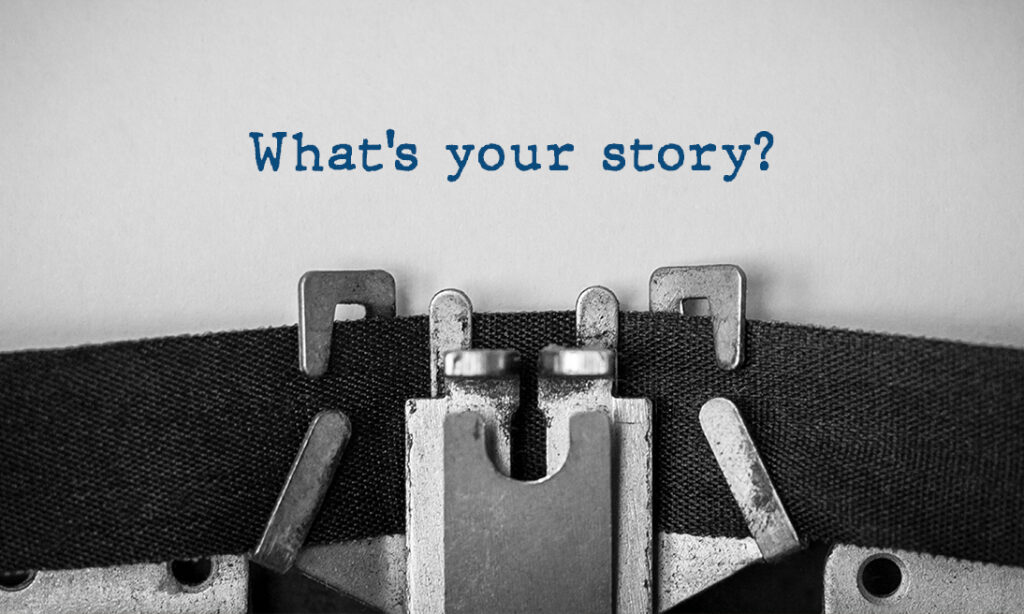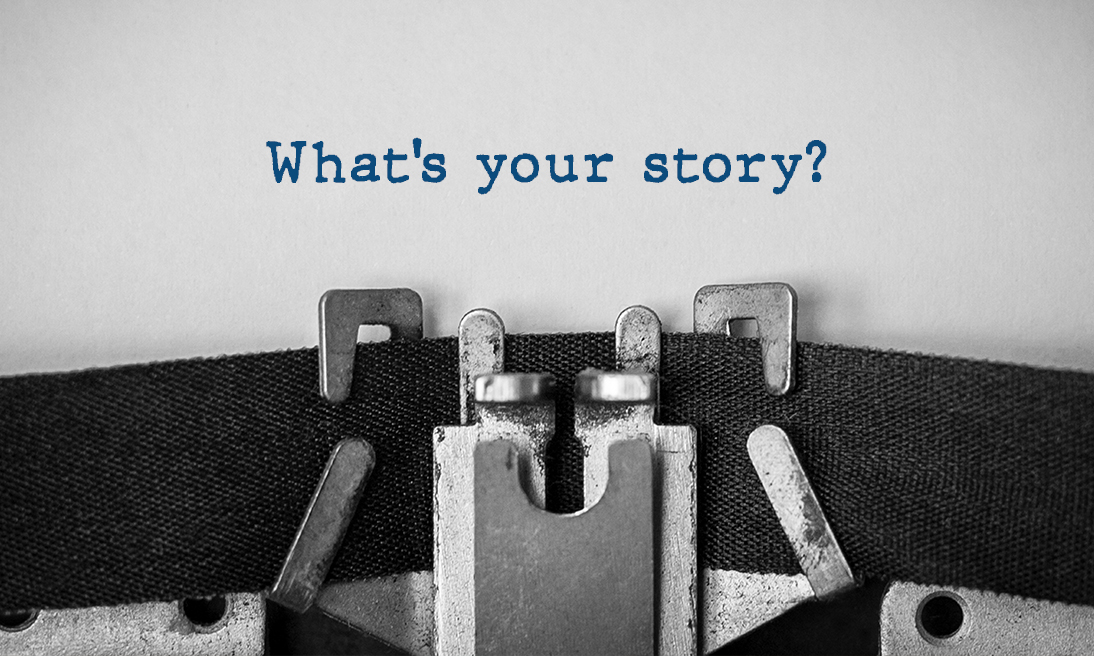
By now, you’ve looked back on your wellness journey, uncovered key lessons, and taken intentional steps to close the year with purpose. This week, we invite you to go deeper, by reflecting on your story and considering how it might inspire others.
The Power of Storytelling in Wellness
Storytelling isn’t just for sharing, it’s for processing. When you tell your story, you give shape to your experiences. You begin to see patterns, growth, and meaning that might have gone unnoticed.
Research shows that storytelling increases motivation, strengthens social connections, and helps people reframe challenges as opportunities. In wellness, this means your story can be a source of encouragement- not just for others, but for yourself.
Feedback Fuels Growth
Reflection is personal, but feedback makes it communal. Whether you’re sharing your journey with a wellness coach, a friend, or a team, feedback helps you see your progress from new perspectives. It also helps organizations like ours improve programming to better support your goals.
Here are three ways to reflect and share this week:
- Journal Prompt: What Are You Most Proud Of?
Think beyond outcomes. What moments made you feel strong, grounded, or resilient? - Share a Wellness Moment
Choose one story from your year, a breakthrough, a challenge, or a quiet win, and share it with someone you trust. You might be surprised by how powerful it feels to speak it aloud. - Reflect on Your Ripple Effect
How did your wellness journey impact your relationships, work, or mindset? Wellness isn’t isolated, it influences every part of life.
Your Story Is Part of a Bigger Movement
At Millennium Health & Fitness, we believe every wellness journey matters. Whether you’re just beginning or years into your path, your story adds depth to the collective movement toward healthier, more intentional living. Next week, we’ll wrap up the year with a focus on sustainability- how to carry your progress forward into 2026 with confidence and clarity.





 As the year winds down, it’s tempting to jump straight into planning for the new one. But before we rush ahead, there’s power in pausing. Reflection isn’t just a feel-good exercise, it’s a wellness strategy.
As the year winds down, it’s tempting to jump straight into planning for the new one. But before we rush ahead, there’s power in pausing. Reflection isn’t just a feel-good exercise, it’s a wellness strategy.






